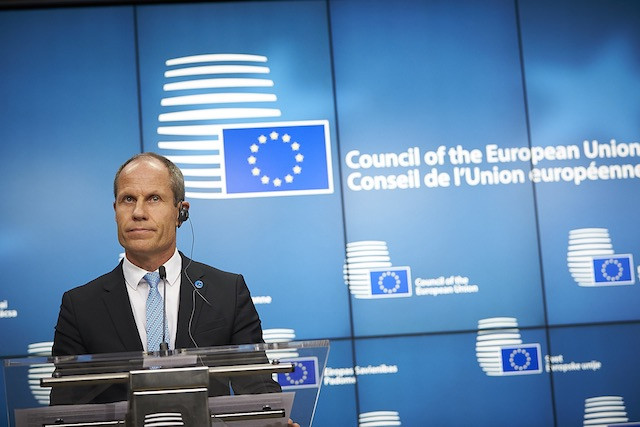The blacklist was created following a November 2016 European Council decision--in the wake of the Panama Papers, Luxleaks and other revelations of multinational tax avoidance--to evaluate jurisdictions outside the EU.
Territories were judged on “tax transparency”, “fair taxation” and anti-Beps measures.
In a press statement issued on 5 December, Toomas Tõniste, the Estonian finance minister who chaired the meeting, said:
“This is not just a one-off process…. We will regularly review and update the list in the years to come. Our aim is to ensure that good tax governance becomes the new norm.”
According to the European Council:
“The jurisdictions that appear on the list are strongly encouraged to make the changes requested of them. Their tax legislation, policies and administrative practices result or may result in a loss of revenues for the EU’s member states.
“Pending such changes, the EU and the member states could apply defensive measures. Including both taxation measures and measures outside the field of taxation, these measures would be aimed at preventing the erosion of the EU member states’ tax bases.”
More than half of the territories are small Caribbean or Pacific islands; three are located in the middle east and three in Asia.
One advanced economy, South Korea, is included on the list. The council stated that:
“Korea has harmful preferential tax regimes and did not commit to amending or abolishing them by 31 December 2018.”
The EU’s tax haven blacklist, issued on 5 December 2017:
- American Samoa
- Bahrain
- Barbados
- Grenada
- Guam
- Korea (South)
- Macao
- Marshall Islands
- Mongolia
- Namibia
- Palau
- Panama
- Saint Lucia
- Samoa
- Trinidad and Tobago
- Tunisia
- United Arab Emirates
